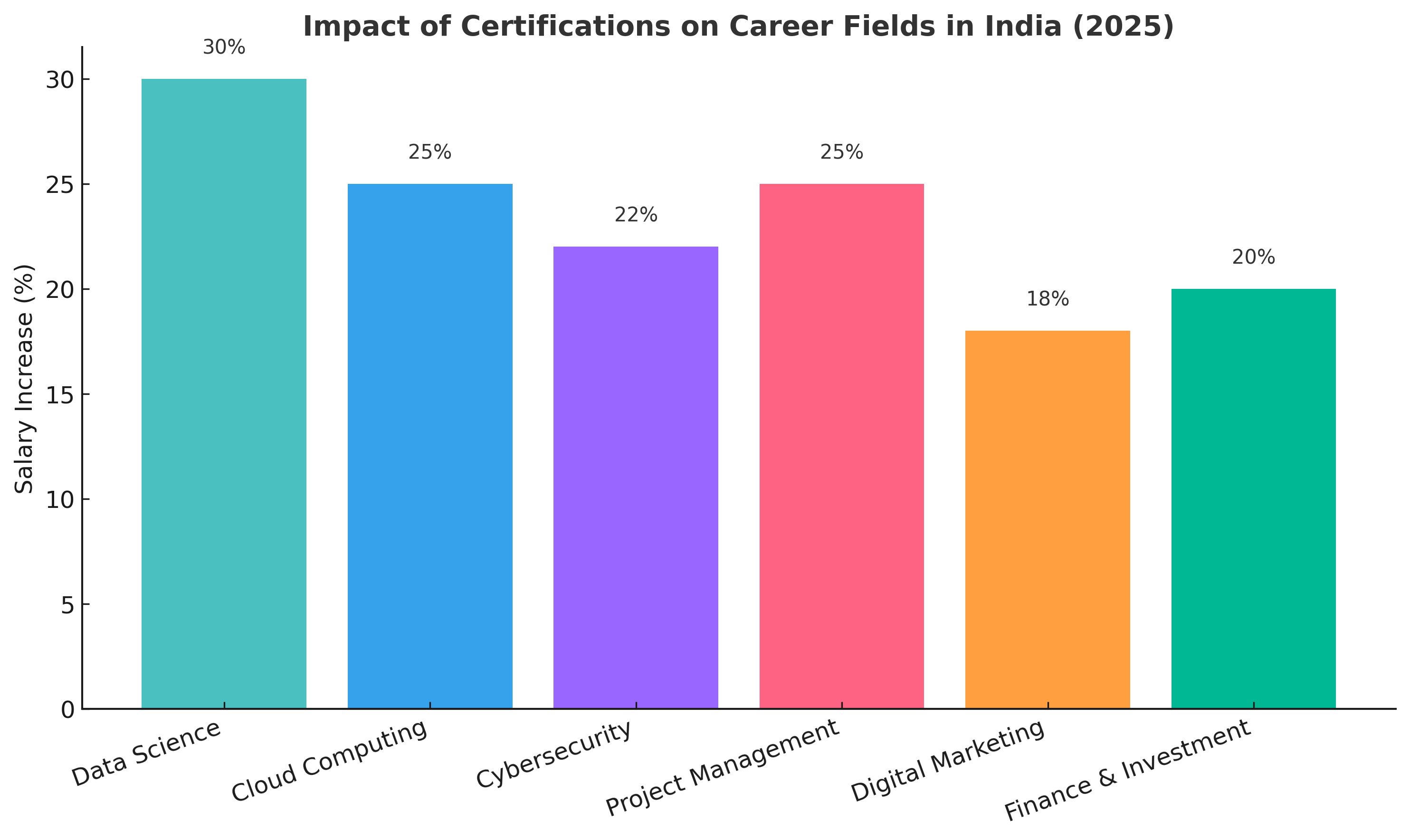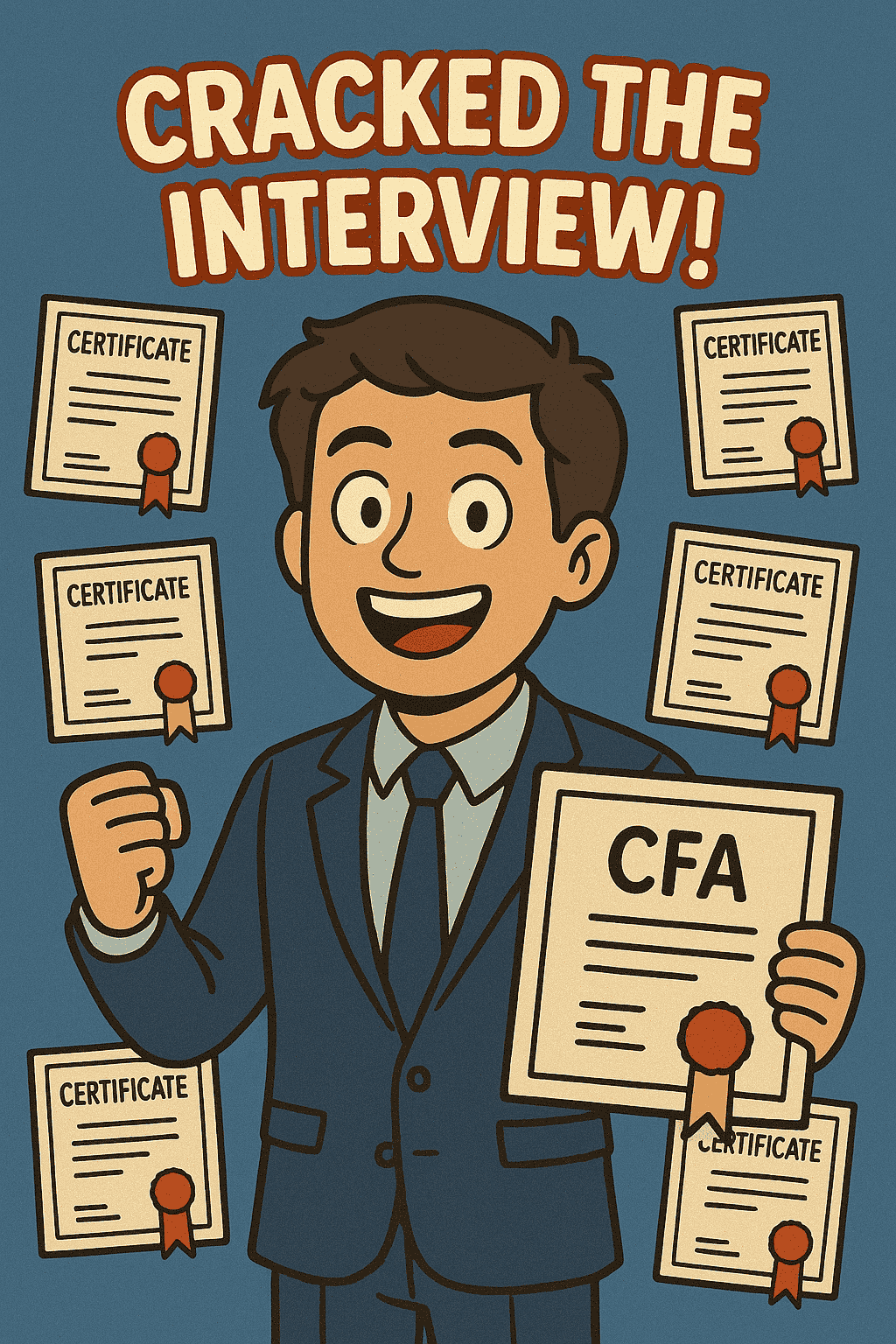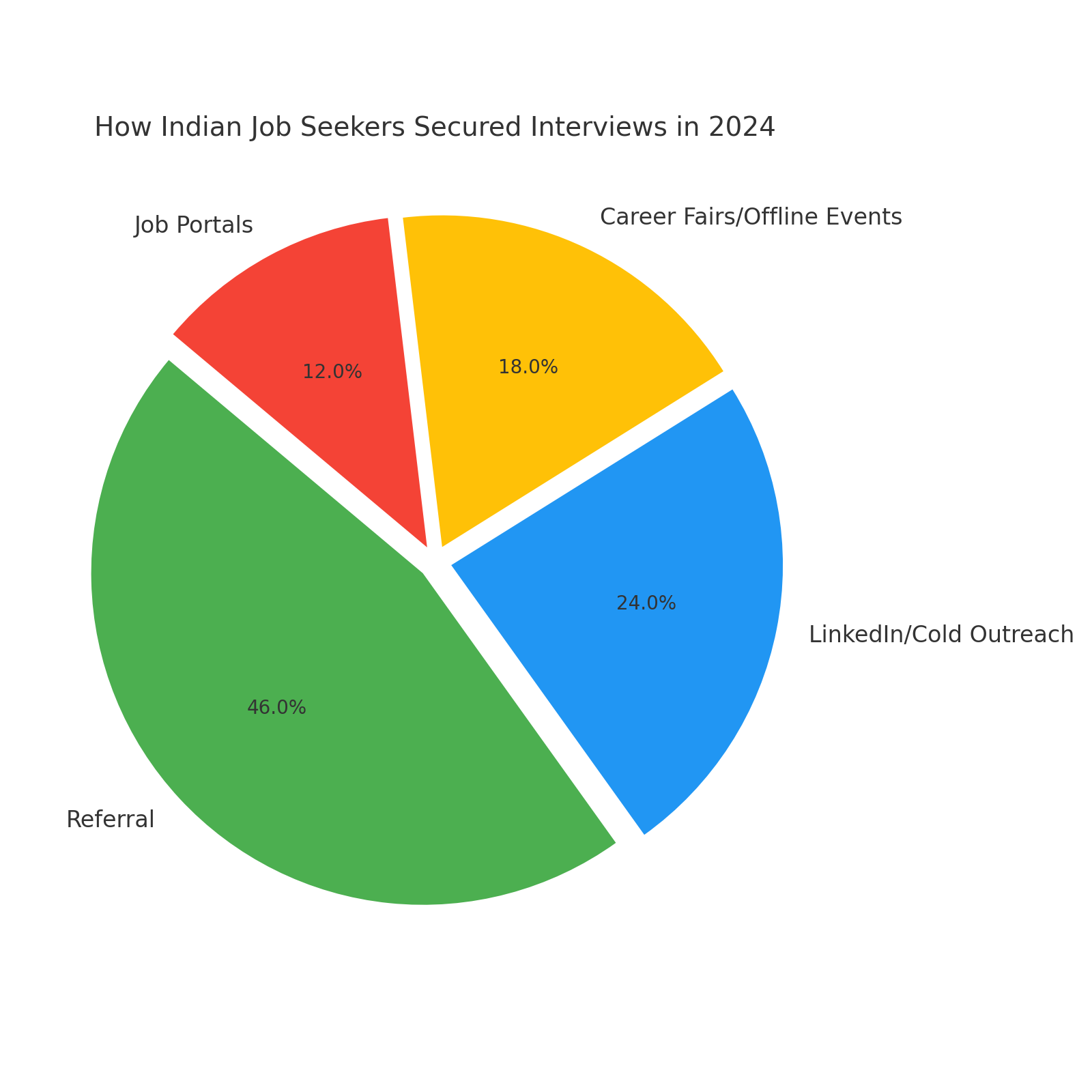
While most MBA Marketing students enter B-school with confidence in presentations, networking, and case discussions, they often lack the technical skills that recruiters are increasingly seeking. Many freshers struggle to build a dashboard, run an SEO campaign, or interpret marketing analytics, and this gap can significantly influence whether your resume lands in the shortlist.
What Recruiters Actually Expect from MBA Marketing Students
A survey of 120 marketing recruiters highlighted where their focus lies:
| Recruiter Focus Area | Percentage |
| Marketing Analytics (Excel, Power BI, GA4) | 28% |
| Digital Marketing Tools (Meta Ads, Google Ads) | 25% |
| SEO & SEM Fundamentals | 20% |
| Social Media Strategy & Content Tools | 15% |
| Certifications & Short-Term Projects | 12% |
That means more than half the weight (28% + 25%) goes into technical skills for MBA students that you can learn online — not just academic knowledge.
The Most Common Gap in Resumes

We reviewed 150 resumes of MBA Marketing students. Here’s what stood out:
- 62% listed certifications but had no projects to show for the application.
- 48% claimed “digital marketing knowledge” without measurable results.
- Only 18% had live projects for MBA students like running campaigns or analyzing consumer data.
Recruiters see this often: “Certified in Google Analytics” — but no real dashboards or reports attached. That’s why short-term projects to boost MBA resume are becoming non-negotiable.
Best Technical Skills for MBA Marketing Students in 2025
If you’re serious about building a strong career stack, here are the best technical skills for MBA Marketing students this year:
- Marketing Analytics & Data Visualization – Excel, Power BI, Tableau, Google Analytics 4.
- SEO for MBA students – understanding keyword research, on-page SEO, and SEM campaigns.
- Digital Marketing Tools – Google Ads, Meta Ads Manager, HubSpot, Canva.
- Content & Social Media Analytics – scheduling tools, engagement analytics, A/B testing.
- CRM & Automation Basics – Salesforce, HubSpot, Zoho.
These tools bridge the gap between strategy and execution, showing recruiters you’re not just an “idea person.”
Best Coursera Marketing Courses to Start With
The quickest way to acquire these skills is through online certifications. Some of the top Coursera courses for marketing students right now include:
- Google Data Analytics Professional Certificate
- Meta Social Media Marketing Specialization
- SEO Specialization by UC Davis
- Digital Marketing Analytics by the University of Illinois
Each of these gives you a portfolio-ready project — something you can showcase directly in your CV. That’s why digital marketing certifications for MBA students are heavily valued in interviews.
How to Apply These Skills (And Show Them on Your Resume)
Courses alone aren’t enough. Recruiters want proof. Here’s how to make that happen:
- Approach companies for short-term projects for MBA students — one-month stints where you run ad campaigns, analyze competitors, or build reports.
- Participate in case competitions that require analytics or campaign design.
- Take up freelance gigs (even small ones) to showcase execution.
- Remember, it’s not enough to just do the work. You need to showcase it effectively. Document everything you do — dashboards, campaign screenshots, or reports — and add them as “Projects” in your resume. This will give recruiters a clear picture of your skills and experience, making you a more attractive candidate.
Even passion projects count. A blog optimized for SEO, or a social media campaign that grew an account, can demonstrate your skills better than theory.
Tools MBA Students Should Use for Job Search
The right tools make skill-building and showcasing easier:
- Google Analytics 4 & Power BI – for marketing analytics.
- Canva & HubSpot – for campaign execution.
- Coursera – for structured learning.
- Career dashboards like Salahkart – to organize achievements, track certifications, and convert bullets into impact-driven lines recruiters notice.
Salahkart, for example, integrates resume-building with project tracking so your short-term projects don’t just stay on your laptop — they become highlights in your profile.
A strong personality is valuable, but without technical depth, it’s incomplete. By mastering MBA marketing skills, taking up short-term projects, and showcasing them effectively with the right tools, you can transform from just another fresher into a recruiter’s first pick.










